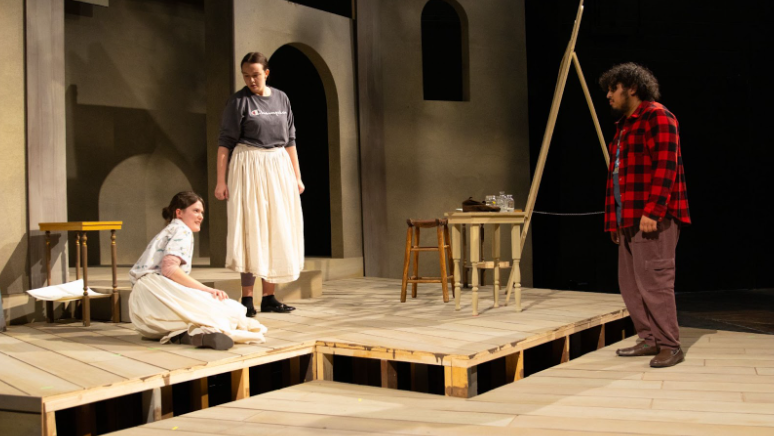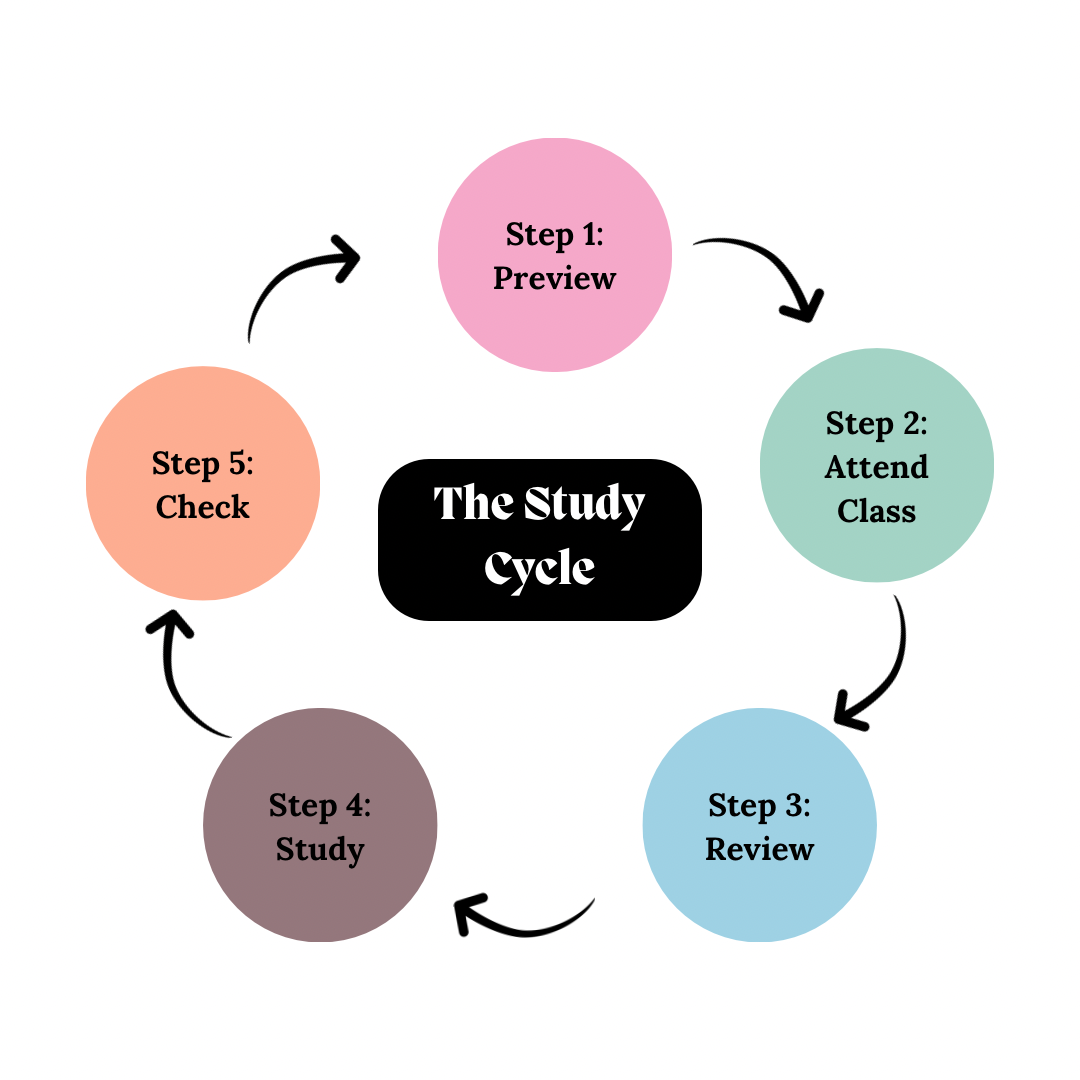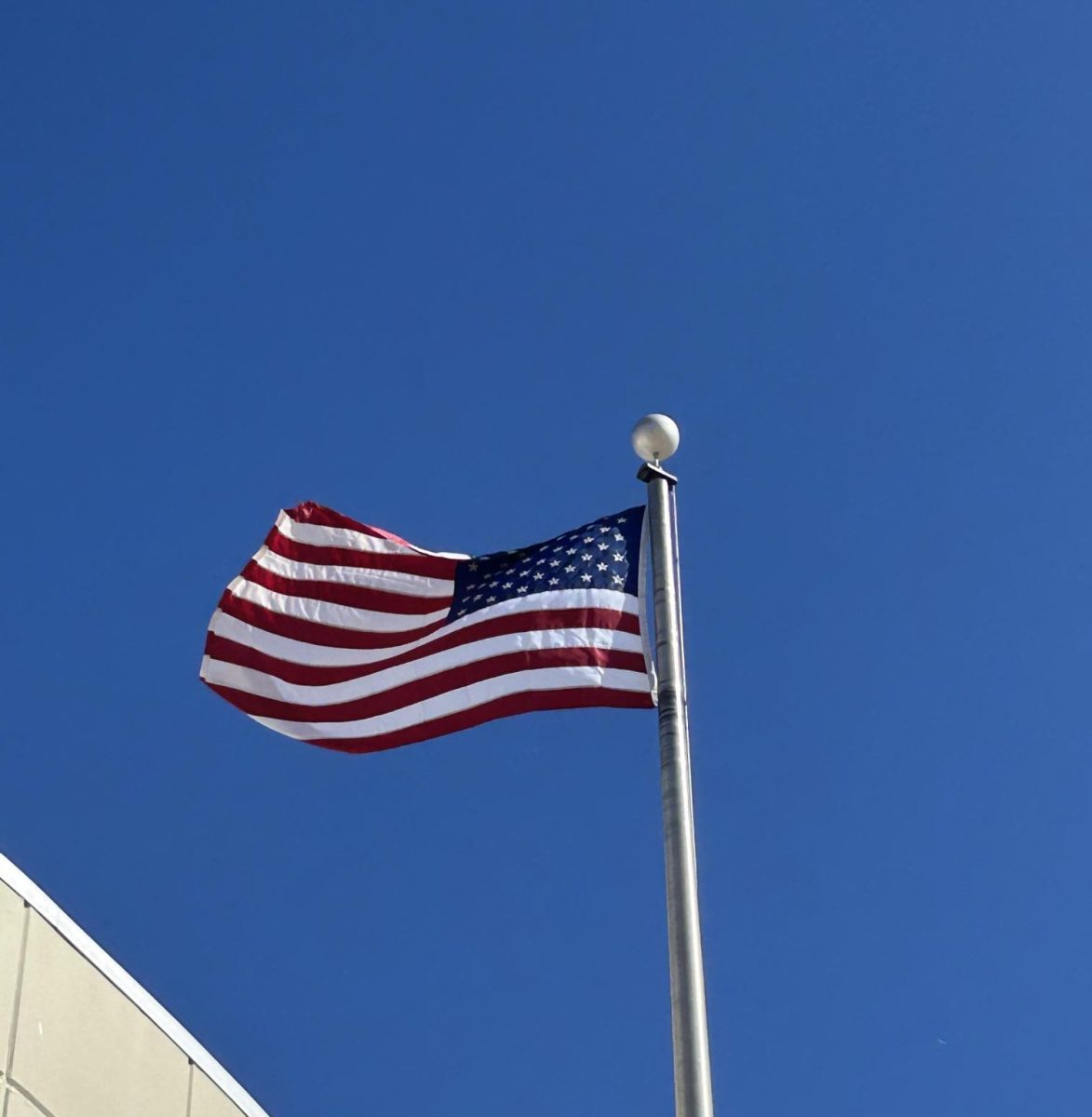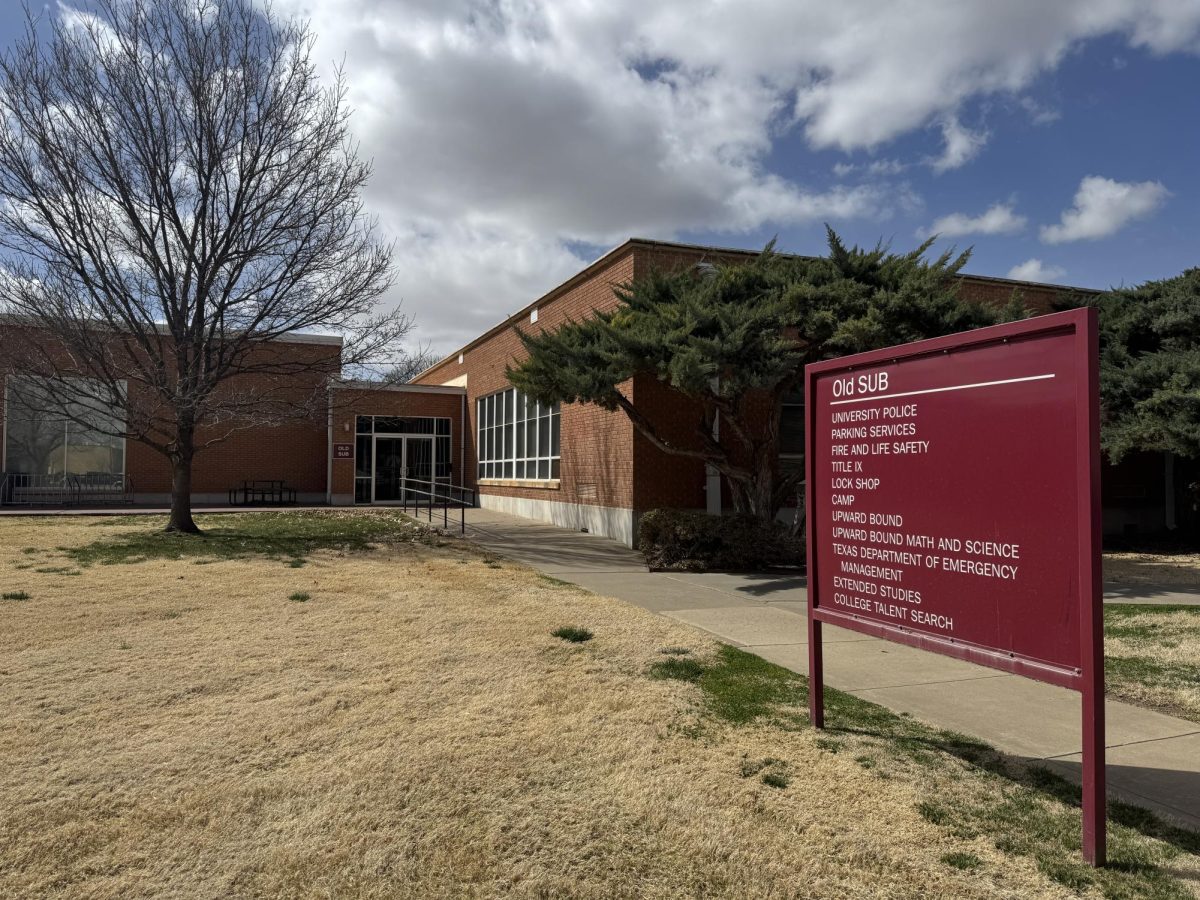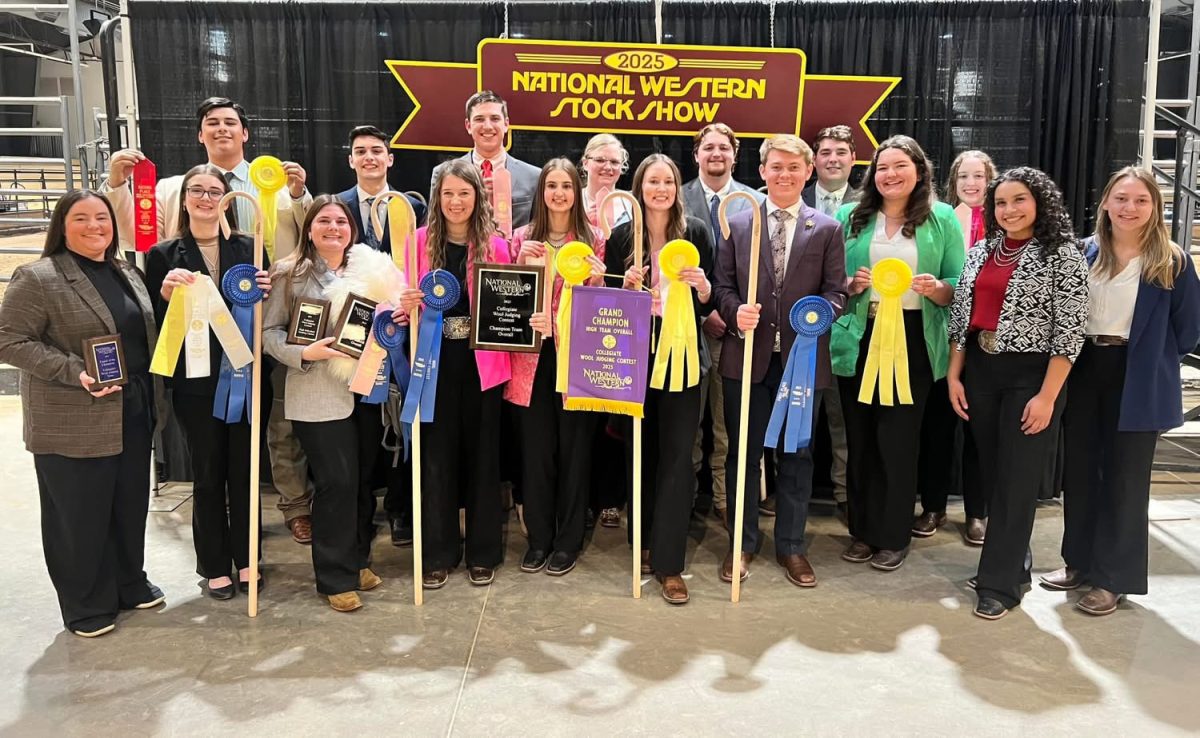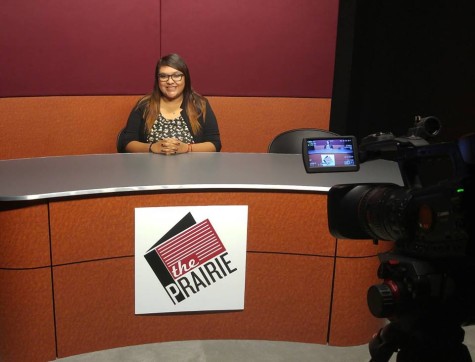The Panhandle-Plains Historical Museum is the largest history museum in the state, and it recently announced it has joined the Google Cultural Institute, Google’s Street Art Project, which is a way for viewers to access art and other cultural materials online. The Street Art Project features high-resolution images and online exhibitions from Street Artist organizations around the world. The museum will feature more than 200 pieces of artwork online that can be accessed at anytime.
“This started in February of 2011,” Lucy Schwartz, Google Cultural Institute Program Manager, said. “It started as a project to collaborate with cultural organizations, and still to this day Google has been collaborating with people.”
Viewers have access to art in high resolution formats and are able to use zoom in features to view in-depth details. They are able to save specific artwork by using the “My Gallery” button on the homepage of the website. There is a search tool available that allows site visitors to narrow down results on the website and browse works by multiple criteria including artist name, artwork, type of art, museum, country, collections and time period.
The site now has Google+ and video hangouts available, which allow for discussion of artworks in a video chat format or viewers can follow a guided tour from an expert on a particular topic or art collection. There are street view tours of exhibits and museums that people can visit and, though this is a new way for people to view art, artwork will still be on display at the PPHM.
“The Google Cultural Institute will in no way replace an actual visit here through our doors, PPHM has as of now 33 pieces of art on the Google Cultural Institute and wants to put 45 more in the upcoming months,” Stephanie Price, Marketing and Communication Manager, said.
PPHM launched their art pieces on Feb. 16 and has been working on this collaboration with Google Cultural Institute for six months. Some of the pieces that are used for Google Cultural Institute are “The Guiver Maker” by Eanger Irving Couse and “Mission at Sunrise” by Frank Paul Sauerwein. Although, it is encouraged for people to come and see these art pieces in person, Price said that using Google Cultural Institute could also be a great tool in the classroom.
“I like this method,” Maria Walker, Junior Art Education major, said. “You can see whenever you want and take more time looking at art.”
Walker has been to many museums before including museums in New Mexico, Montana and New York. Walker said she likes being able to go see art in person but also thinks that the Google Cultural Institute would be a great way for students to have access to art from around the world.




